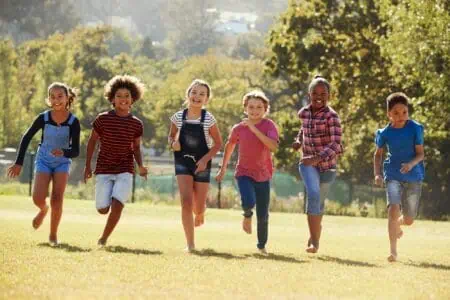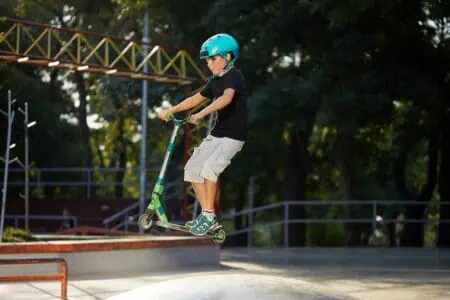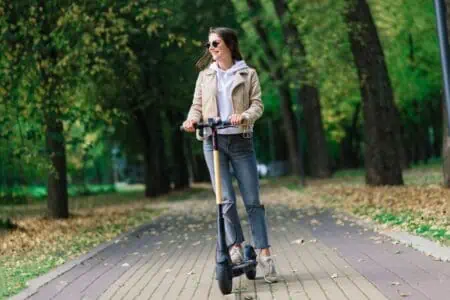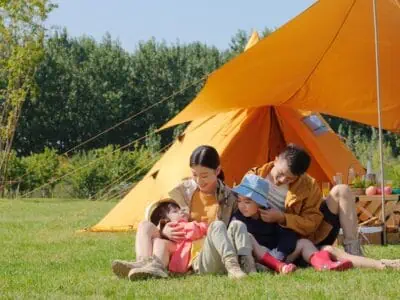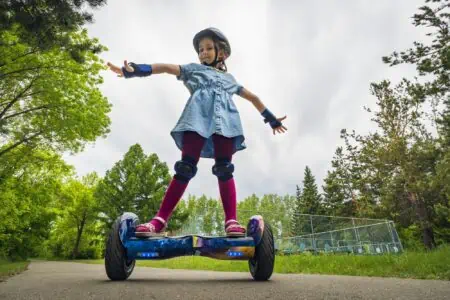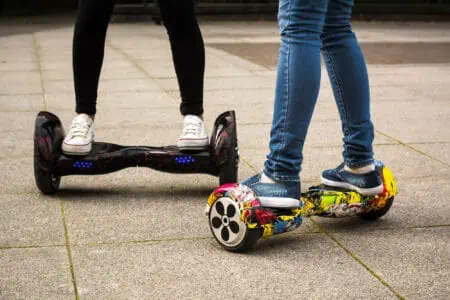We will break down the standard gameplay, offer fun variations to keep things fresh, and look at why this game is actually good for child development. Ready? Green light!
Is Red Light, Green Light Appropriate for Kids?
Absolutely. Before the 2021 Netflix series Squid Game, this was universally known as an innocent childhood pastime. While the show introduced a violent twist for adult audiences, the actual playground version remains safe and wholesome.
It is an excellent choice for preschoolers and elementary-aged children. It teaches impulse control and listening skills while keeping everyone active. You can confidently play this in the backyard, park, or gymnasium without worry.
How to Play Red Light, Green Light
The rules are simple, but everyone needs to be on the same page to avoid arguments at the finish line. Here is the step-by-step guide to the classic version.
- Set the stage: You can play this game indoors or outdoors. Clear a path and clearly mark a starting line and a finish line about 15 to 30 feet apart.
- Choose the Traffic Cop: Pick one player to be the “Traffic Cop” (or caller). They stand at the finish line with their back turned to the other players.
- Line up: The remaining players stand side-by-side at the starting line, facing the Traffic Cop.
- Green Light: The Traffic Cop closes their eyes and shouts, “Green Light!” The players run forward, trying to reach the finish line to tag the Cop.
- Red Light: At any moment, the Cop shouts, “Red Light!” and quickly spins around to face the group. Everyone must instantly freeze in place.
- Send them back: If the Traffic Cop spots anyone moving, wobbling, or failing to stop, that player must return to the starting line.
- Winning the game: The first player to touch the Traffic Cop without getting caught moving wins the round. They become the new Traffic Cop for the next game.
Fun Variations to Try
Once the kids master the basics, you can mix things up to keep the excitement high. These twists add complexity and laughter to the standard format.
Yellow Light
Introduce a third command. When the caller shouts “Yellow Light,” players must move in slow motion toward the finish line. If they run or stop completely, they are sent back. This is excellent for teaching speed control.
Color Code
Assign actions to different colors to test memory and reaction time.
- Purple: Gallop.
- Orange: Skip.
- Blue: Walk backward.
The Loop
In this version, reaching the caller isn’t the end. If a player reaches the finish line while it is a “Green Light,” they must immediately turn around and run back to the start. The game continues in an endless loop until someone gets caught moving on a “Red Light.”
No Running Allowed
If you are playing indoors or in a tight space, ban running. Make “Green Light” mean fast walking or heel-to-toe steps. This prevents crashes and extends the playtime of each round.
Rapid Fire
The Traffic Cop can trick players by varying the speed of their commands. Shout “Green Light” and “Red Light” in quick succession to catch people off guard. You can also shout “Red Light” twice in a row to see if anyone flinches.
Moving Target
Instead of standing still, allow the Traffic Cop to move along the finish line laterally. This forces players to change their trajectory while running, making the final tag more difficult.
Backwards Edition
Flip the script entirely. Players must stand at the finish line and move backward toward the starting line. Walking backward requires more focus and balance, making it a fun challenge for older kids.
Buddy System
Pair kids up by linking arms. They must run and freeze together. If one partner wobbles on a “Red Light,” both must go back to the start. This encourages teamwork and communication.
Obstacle Course
Place cones, hula hoops, or cushions between the start and finish lines. Players must navigate these obstacles while trying to reach the Traffic Cop. This slows down the pace but increases the motor skill challenge.
Why Play This Game?
Beyond just burning energy, Red Light, Green Light offers tangible developmental benefits for children.
- Motor Skills: Starting and stopping abruptly helps develop children’s motor skills, specifically balance and body control.
- Listening Skills: Players must maintain sharp focus on auditory cues. This improves processing speed and reaction time.
- Self-Regulation: The game requires impulse control. Kids want to run fast, but they have to mentally hit the brakes instantly, which is a key executive function skill.
- Socialization: It teaches fair play, honesty (admitting when you moved), and how to cope with the frustration of being sent back to the start.
